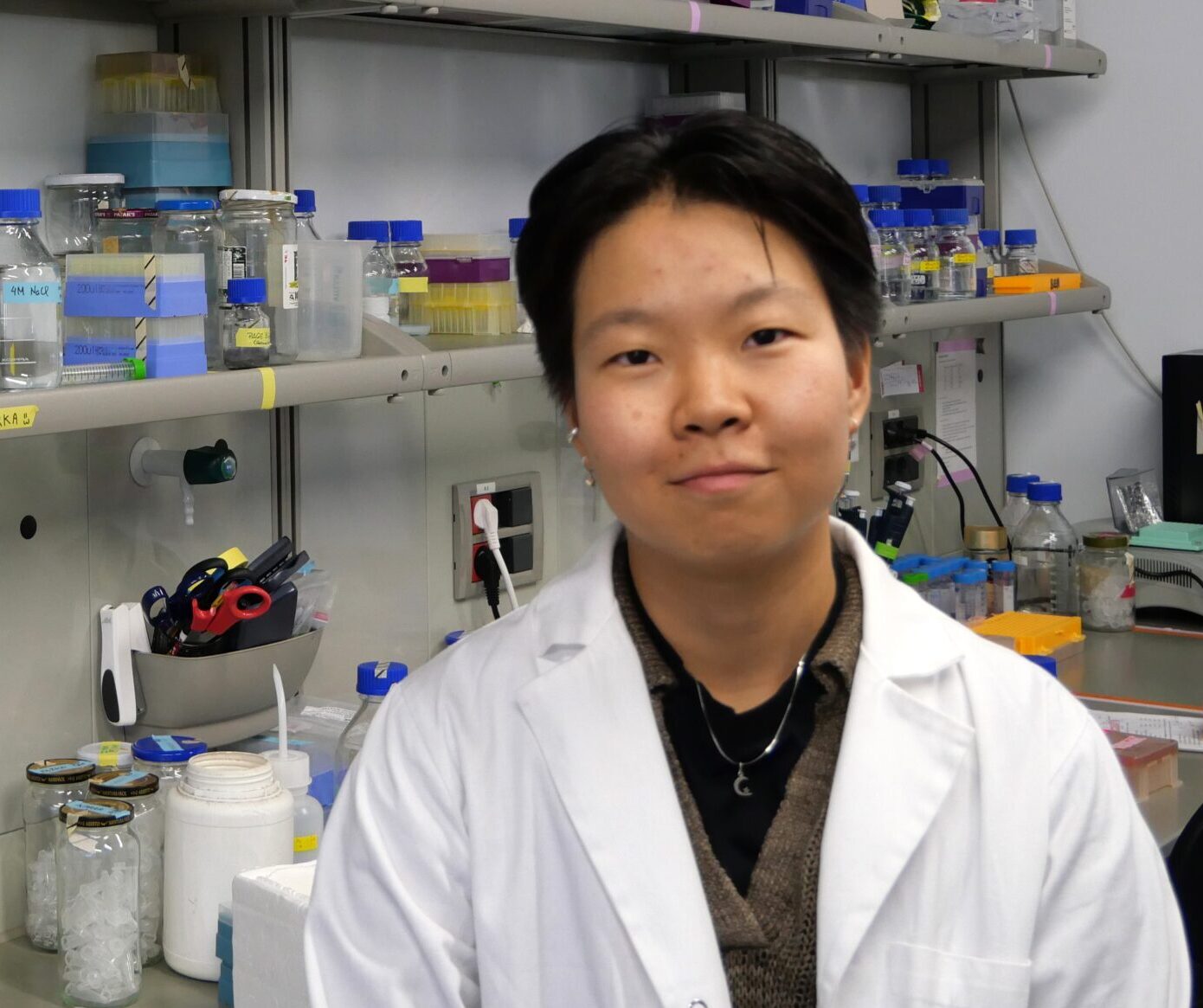
Narzaya Ganbat
EDUCATION
- Erasmus Mundus Master in Chemical NanoEngineering (September 2022-September 2024)
Thesis: Hybrid materials based on silica and supramolecular machines presenting anticancer properties.
Universities: Aix Marseille University, Marseille, France | Wrocław University of Science and Technology, Wrocław, Poland | Tor Vergata Rome, Rome, Italy.
- Bachelor of Engineering in Nanoengineering and nanoscience (September 2018 – June 2022)
Thesis: MoS2 nanosheets as efficient electrocatalyst for hydrogen evolution reaction under ambient condition.
National University of Mongolia, Ulaanbaatar, Mongolia.
PROJECT
Uncovering the dynamics of synthetic molecular motors at the single-molecule level.
PI: Borja Ibarra.
Where do you come from?
I’m from Ulaanbaatar, Mongolia, where I did my Bachelor’s in Nanoscience and Engineering. Later I joined the Erasmus Mundus Chemical Nanoengineering program for my Master’s, which gave me the chance to study in different countries and work with a really international group of people. Those experiences shaped both how I see science and the kind of scientist I want to become.
What are your main personal and professional concerns?
Lately, I’ve been worried issues like climate change, the rise of misinformation, and the growing distrust in science. On the other hand, at a more personal and fundamental level, my concerns are growing as a scientist – conducting good science that is rigorous and responsible, but also creative and exciting – while also growing as a person.
What does your research consist on?
We work on single molecule manipulation of artificial molecular machines. Awarded the Nobel Prize in 2016, molecular machines are nanoscale devices capable of converting energy into movement and force – essentially doing work at the nanoscale. Inspired by biological motors, chemists have diligently developed artificial nanomachines such as switches, ratchets, and propellers, but there are still many open questions about how these systems operate at the molecular level.
Our work aims to study the dynamics and mechano-chemistry of rotaxane-based molecular motors, propelled by chemical reactions. To do that, we’ll use high-resolution optical tweezers, including setups combined with temperature control, to probe their operation at the single-molecule level.
What power does science have to transform the world?
Nanoscience is powerful because it allows us to engineer matter at the scale where fundamental physical, chemical, and biological processes occur. It’s already transforming the world: making medicines more precise, energy cleaner, and everyday materials better. But I believe that with great power comes great responsibility, to make sure we use it wisely and in ways that actually help people and the planet.
Where do you find inspiration?
I find my greatest inspiration from the people around me. I’ve been fortunate to join two amazing teams with curious, passionate scientists who are also kind and supportive people. They inspire me to work hard, learn as much as possible, and enjoy the process.
Where do you see yourself in the future?
Hopefully doing good science and surrounded with good people.
Why IMDEA Nanociencia?
In the beginning, I chose IMDEA because of the project and the research group. Now that I’m here, I realize the best aspect of IMDEA is having so many different fields of science under the same roof. The opportunity to interact with amazing scientists from diverse areas has been, so far, the most rewarding part of being at IMDEA for me.
